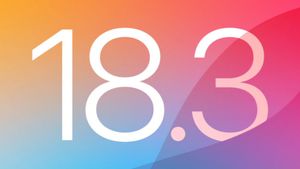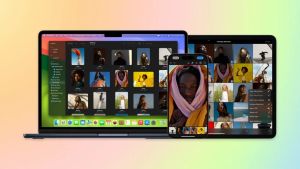JAKARTA - Google robotics researchers have just developed a robot that can write its own programming code based on natural language instructions. Users just need to instruct such as taking yellow objects, and robots will do the rest.
They, researchers use Code as Policies (CAP) which is a special language model for encoding developed from Google's Pathways Language Model (PaLM) to interpret natural language instructions and convert them into executable codes.
Robots are trained by providing appropriate instructions and codes. From there, it can take new instructions and will automatically produce a new code that rearranges API calls, synthesizes new functions, and expresses feedback loops to collect new behavior directly.
"With CAP, we propose the use of language models to write robotic codes directly through multiple commands. Our experiments show that issuing code results in a better generalization and task performance than learning robot tasks directly and issuing natural language actions," Google researchers said in a blog post. official, Tuesday, November 8.
"CAP allows one system to perform a variety of complex and diverse robotic tasks without special training for tasks," he added.
That is, by providing a set of instructions once, it can develop some codes that can then be reused for similar instructions in the future.
CP can also use arithmetic operations and certain language logics. And since CAP is built on top of a regular language model, it has some features unrelated to codes such as understanding emojis and non-English languages.
This research is very interesting, where robots are known to be difficult to perform tasks other than trained ones. For example, humanizing robots to play ping-pongs, doesn't allow them to play other games such as baseball or tennis.
While the CaP is still far from a wide real-world app, it allows robots to perform complex robotic tasks without special training.
The English, Chinese, Japanese, Arabic, and French versions are automatically generated by the AI. So there may still be inaccuracies in translating, please always see Indonesian as our main language. (system supported by DigitalSiber.id)













